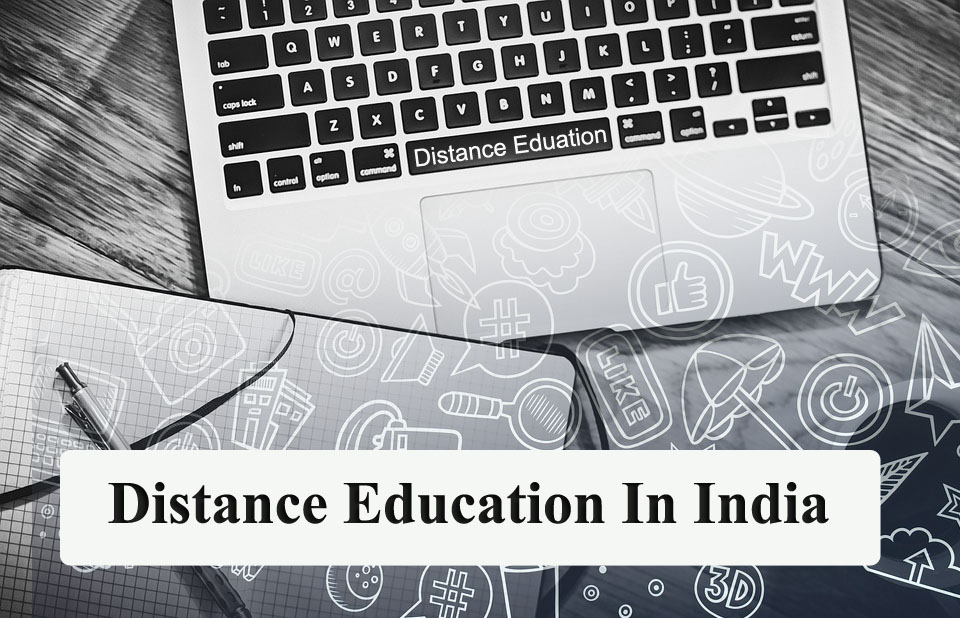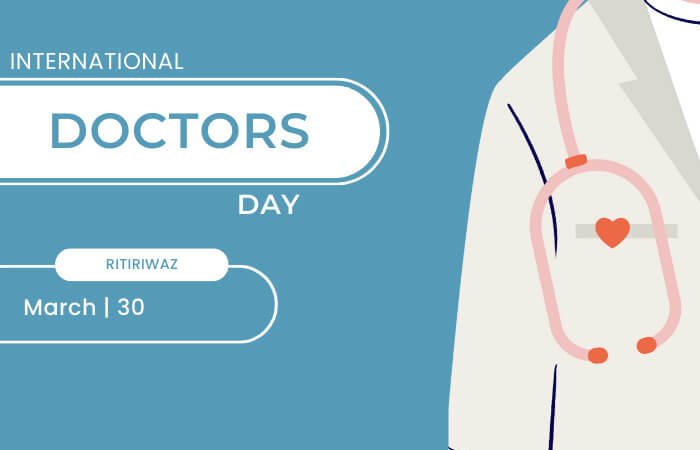Distance Education In India

India has a large number of colleges, but the formal system of education has failed to reach the masses. Distance education is a concept that aims to democratize higher education and make it accessible for those interested in it. It is a means of educating students by use of printed or electronic media or by technology that allows real-time communication.
The Indira Gandhi National Open University (IGNOU) was set up in 1985 to bring all correspondence education institutes under a single umbrella or central university. There are open universities at the state and the national level which cater to the needs of those students who do not find a place in the conventional system. Indira Gandhi National Open University (IGNOU) is the largest university in the world by a number of students, having approximately 3.5 million students across the globe. With the use of technology, IGNOU has also brought about innovations in the overall educational system, and there is a need for the allocation of more funds.
As of 2016, India has 700 universities and university-level institutes, there are 402 state universities, 334 private universities, 124 deemed universities, 49 central universities, and 5 institutions established and functioning under the state Act and 75 Institutes of National importance which include IIMs, AIIMs, IITs, IIESTs, and NITs. But, education is availed by only 5-6 percent of the youngsters in the age group 17-23 years.
The need for higher education increased but the facilities, equipment, and space failed to keep pace with the demand. As a result, the option that was open was to allow the students to appear for their Degree examinations as private candidates. The demands of continuing education to update the competence of in-service personnel also posed formidable challenges.
The term ‘distance education‘ includes a range of teaching and learning strategies, such as correspondence education, home study, independent study, external studies, or teaching at a distance. It provides high-quality information to all regardless of age, region, or formal qualifications. It also offers need-based academic programs by giving professional and vocational orientation to courses. It provides options to study according to one’s pace, place, and convenience. Through distance education, even the employed can continue their studies, which further enhances their career prospects.
The first university to set up a school of correspondence courses and continuing education in 1962 was the University of Delhi. The University Grant Commission (U.G.C.) had recommended the setting up of the Delhi University Distance Education Department. Having been satisfied with this, it accorded permission to the Panjab University, Patiala to set up a Directorate of Correspondence Courses in 1968, by 1993, there were over 40 such institutions.
After the United Kingdom Open University (UKOU) started functioning in 1971, it was thought by our educationists that India should also think of bringing all correspondence institutions under a single umbrella or central university. The concept of an open university would be an openness to ideas and operations. It would prepare its curricula from all existing universities in the country and abroad. The method of imparting education would be multi-media integration using not only postal communication (as in correspondence education) but also radio and television programs and group or individual guidance. Setting up a network of regional offices, with some resources being made available from the existing colleges and universities, was thought to be an essential feature of this system.
The Andhra Pradesh Open University, now known as B.R. Ambedkar Open University, was the first state-level open university to be inaugurated in 1982. Other state-level universities are the Kota Open University established in 1987 in Rajasthan and the Yashwant Rao Chawan Maharastra Open University. The open university at the national level, the IGNOU (Indira Gandhi National Open University) was set up in 1985. The main objective of the university was promoting and developing distance education in India and setting and maintaining standards in distance education.
IGNOU has emerged as the largest open university in the Commonwealth countries and has study centers in the Middle East, Southeast Asia, and Ethiopia. The university has a large number of short-term and long-term programs (courses) leading to certificates, diplomas, and degrees. The methodology of instruction is a combination of self-instructional written material, audio-visual material aids, counseling sessions, teleconferences, distance learning facilitators, practicals and project work, and an exclusive educational TV channel – Gyan Darshan (launched in 2001).
The evaluation system is a two-tier one. There is a list of questions and assignments relating to the subject matter which has to be answered by the students. The Term-end Examination is held twice a year and a student has more than one opportunity to sit for the examination (twice in some cases to ten in others). IGNOU has 60 regional centers, 7 sub-regional centers, and 1298 study centers all over the country.
The open universities have taken steps to streamline the courses. Changes are evident in the areas of restructuring the degree programs providing then flexibility and modularity, reforms in examinations, vocationalisation of education, and extension of education.
At the school level also, the National Institute of Open Schooling (NIOS) formerly National Open School (NOS) was set up as an autonomous body to provide distance education to school dropouts. The NIOS conducts examinations and certifies students up to the secondary stage of education. The NIOS, with approximately 1.6 million learners on a roll, has emerged as the largest open schooling organization in the world.
The NIOS also provides student support services through a network of study centers known as Accredited Institutions (AI), for academic courses and Accredited vocational Institution (AVIs) for vocational courses. From the academic year 2007-08, NIOS introduced the facility of online admission as well. The institute provides opportunities to interested learners by making available various courses/programs through open and distance learning modes. It offers 27 subjects at the secondary level and 21 subjects at the senior secondary level.
NIOS works through its five departments and two units at headquarters and 11 regional centers located at Hyderabad, Pune, Kolkata, Guwahati, Chandigarh, Delhi, Allahabad, Patna, Jaipur, Kochi, and Bhopal. Three sub-centers of the regional centers of NIOS have been set up at Bhubaneswar, Dehradun, and Darbhanga. With the advent of technology and its wider implications, distance education would better be known as ‘open flexible education‘.
Quite a few business schools including foreign educational institutions have introduced online courses through the internet. Even examinations can be taken through the internet. IGNOU has its own television channel ‘Gyan Darshan’ and FM Radio Channel ‘Gyan Vani’. IGNOU also has its courses on the Internet. Students can take their course lessons through the Internet and can download information.
However, in spite of the strength of distance education such as convergence, flexibility (of place, pace, and age), cost-effectiveness, and continuous learning, there are certain shortcomings. Primary among them is the lack of credibility of distance education in the eyes of the people. However, the spread of distance education in India is gradually gaining momentum. More and more funds need to be diverted and greater awareness needs to be created among the people about the quality of distance education.
Also Read: Education System In India






